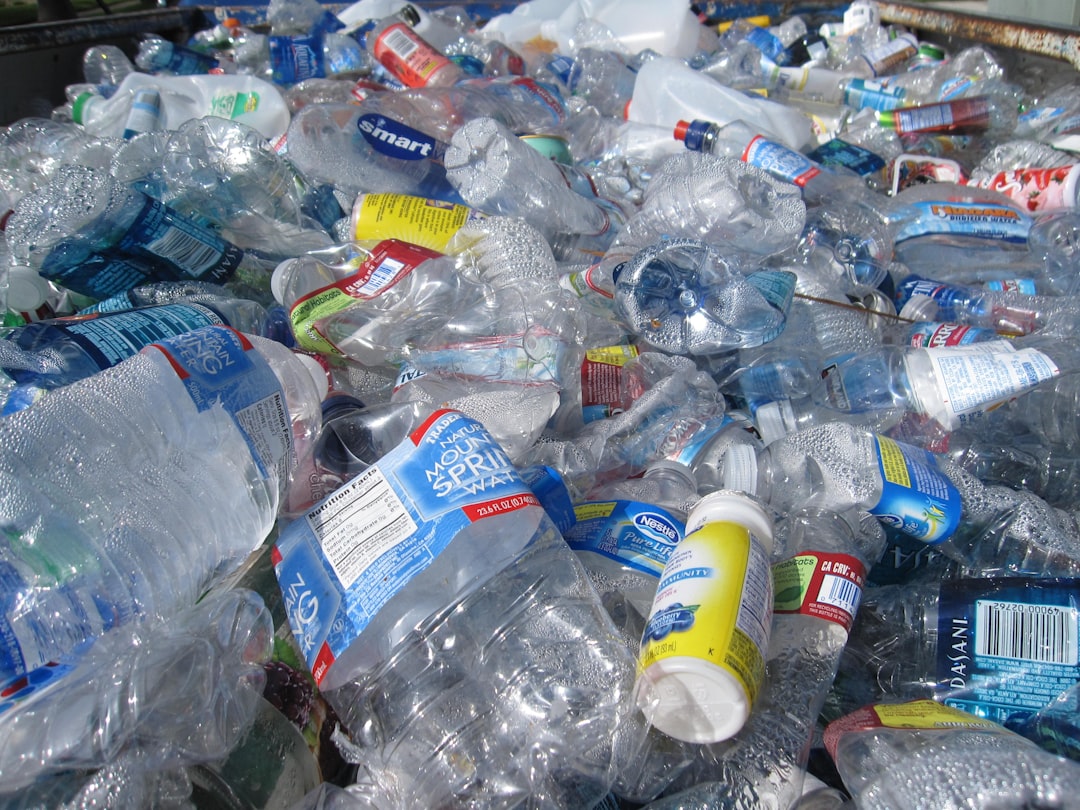What is it about?
Inspired by extraterrestrialorganic matter formation, we herein report a CO2 conversion approach based on high-dose rate electron beam (EB) irradiation. Inactive CO2 was activated by EB, and trapped effectively by active organic radicals from EtOH to give H2, CO, CH4, C2H6 and organic acids at ambient atmosphere. The mechanism based on the organic analysis using 13C-CO2 and CO2 conversion yield/energy coefficiency are also discussed.
Featured Image

Photo by NASA on Unsplash
Why is it important?
The use of high-dose rate EB and organic additive gives increased CO2 conversion products compared to the low-dose rate EB. The CO2 conversion yield/energy efficiency (product energy/input electrical energy) at 300 kGy is 1.51/0.50% in total (CO: 0.03/0.01%, formic acid: 1.31/0.29%, acetic acid: 0.05/0.04% and propionic acid: 0.12/0.16%), and the total radiation energy efficiency (REE, product energy/net radiation energy) of CO2 at 300 kGy is 51.5% (CO: 0.90%, formic acid: 30.3%, acetic acid: 3.71% and propionic acid: 16.6%). The CO2 conversion yield is ∼15 times larger than that of the only known CO2 gas radiolysis (0.1%, CO only). Furthermore, the REE at 100 kGy is also ∼15 times higher than that obtained in the absence of EtOH.
Perspectives
I hope this article contribute to the development of effective EB irradiation apparatus/system and the reduction of CO2 emission.
Dr Hosokawa Yoichi
Toyota Central R&D Labs., Inc.
Read the Original
This page is a summary of: CO2 conversion by high-dose rate electron beam irradiation: one-step, metal-free and simultaneous production of H2, CO, CH4, C2H6 and organic acids from an acid-decomposed CaCO3/additive..., Green Chemistry, January 2019, Royal Society of Chemistry,
DOI: 10.1039/c9gc00525k.
You can read the full text:
Contributors
The following have contributed to this page










